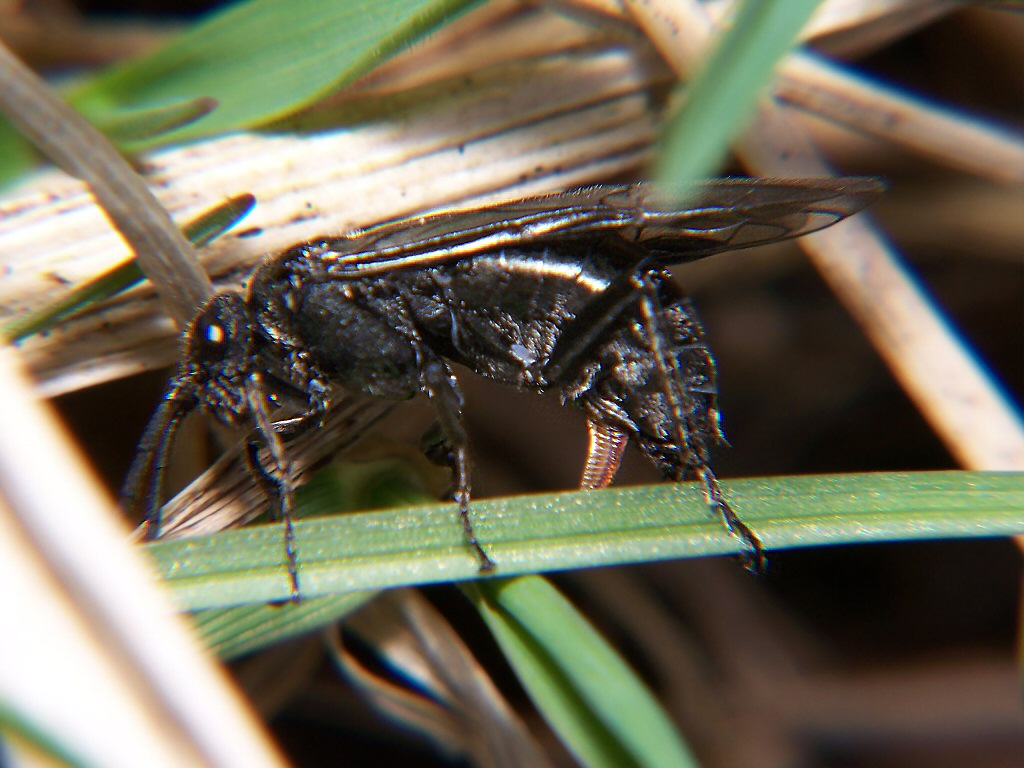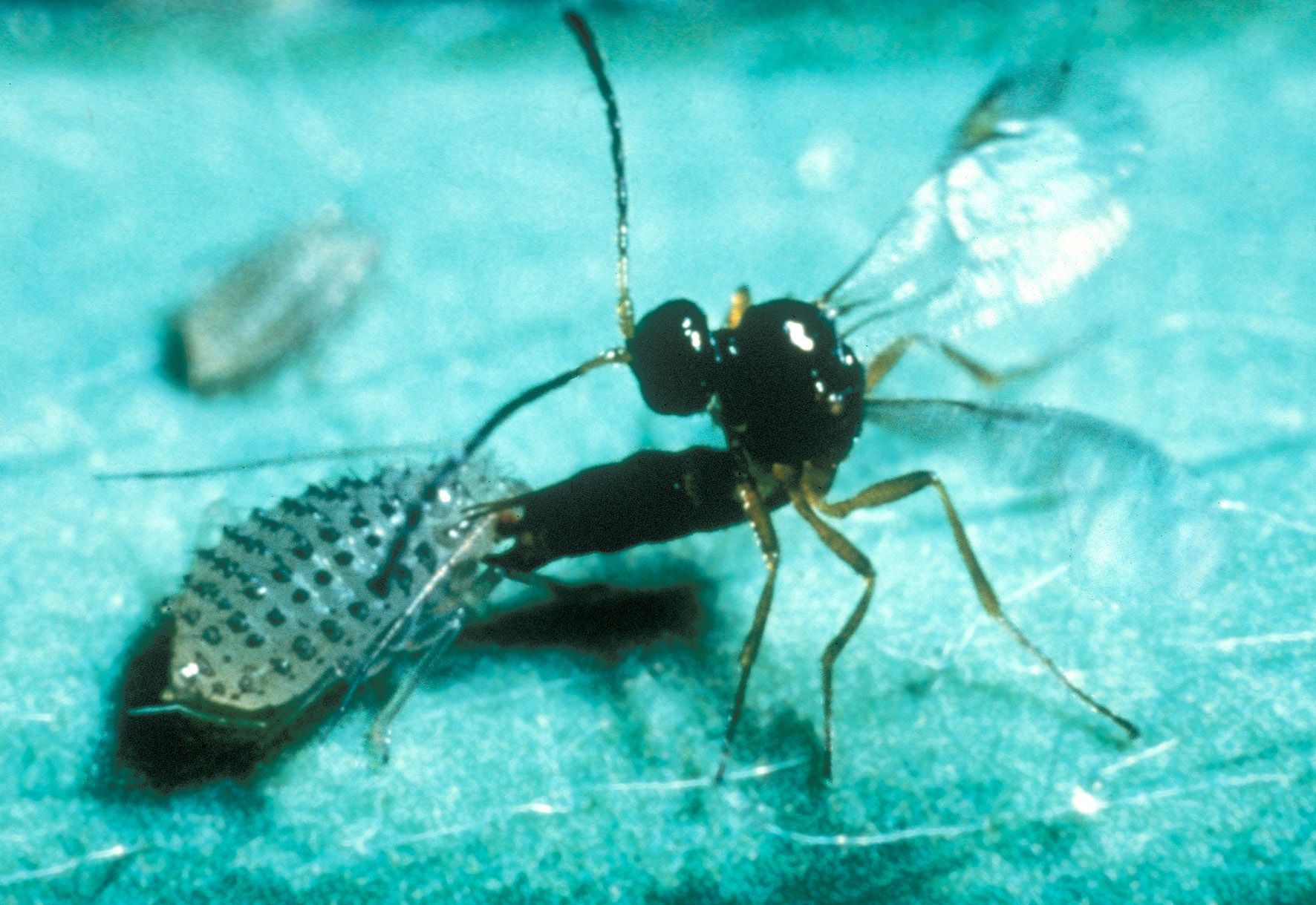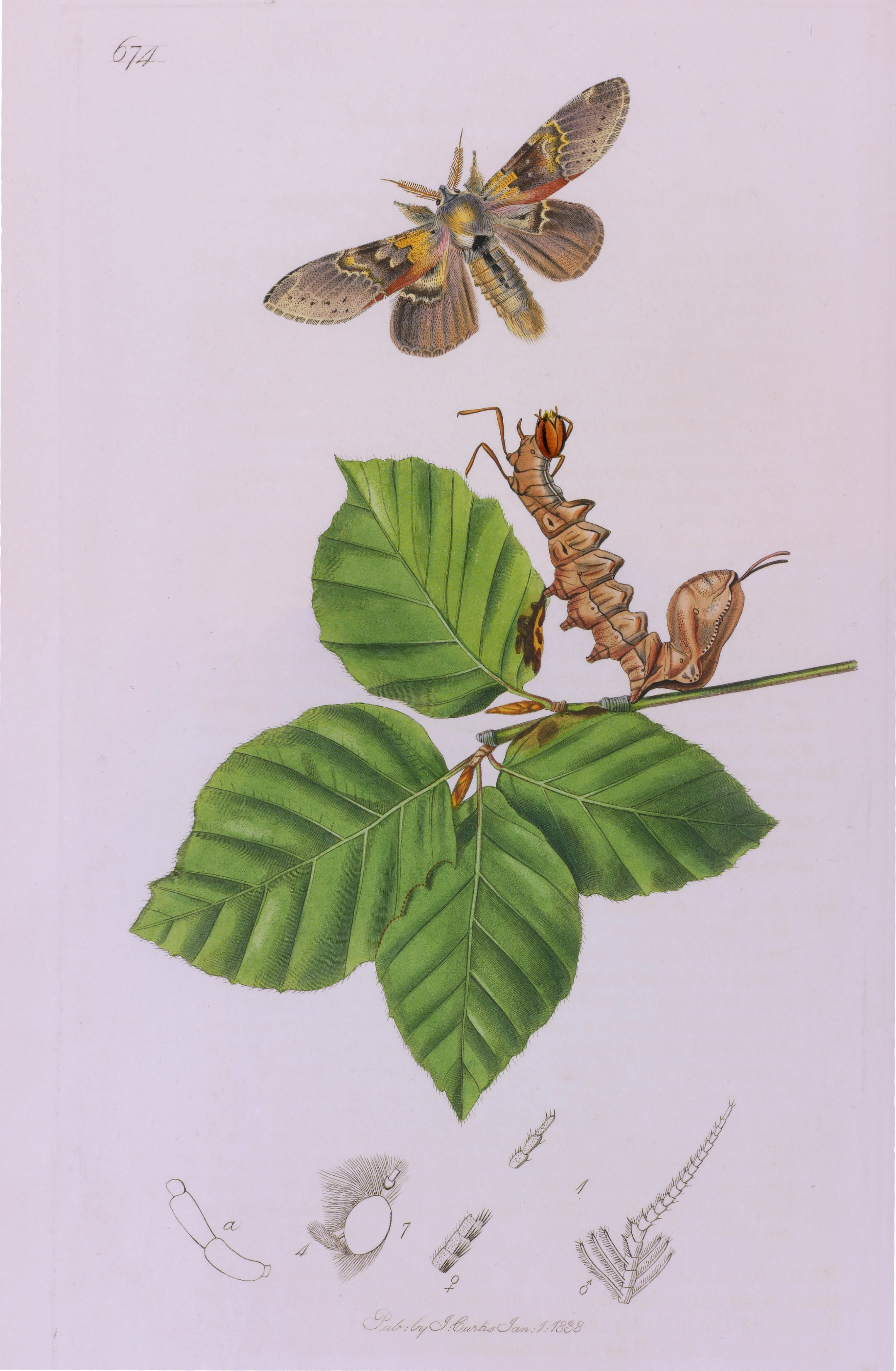|
Xoridinae
Xoridinae are a worldwide subfamily of the parasitic wasp family Ichneumonidae. Xoridinae are idiobiont ectoparasitoids of wood‑boring Coleoptera and Hymenoptera (Symphyta). Most parasitize larvae. There are four genera Genus (; : genera ) is a taxonomic rank above species and below family as used in the biological classification of living and fossil organisms as well as viruses. In binomial nomenclature, the genus name forms the first part of the binomial s .... In general, the better-known Xoridinae are large robust black and orange insects with a large tooth on the hind femora. Like their hosts, they are woodland species. References * Townes, H.K. (1969): Genera of Ichneumonidae, Part 1 (Ephialtinae, Tryphoninae, Labiinae, Adelognathinae, Xoridinae, Agriotypinae). ''Memoirs of the American Entomological Institute'' 11: 1–300. External links Diagnostic charactersBugGuideU.S.A. Types in Hokkaido, Japan American Entomological Institute Apocrita subfamil ... [...More Info...] [...Related Items...] OR: [Wikipedia] [Google] [Baidu] |
Ichneumonidae
The Ichneumonidae, also known as ichneumon wasps, ichneumonid wasps, ichneumonids, or Darwin wasps, are a family of parasitoid wasps of the insect order Hymenoptera. They are one of the most diverse groups within the Hymenoptera with roughly 25,000 species described . However, this likely represents less than a quarter of their true richness as reliable estimates are lacking, along with much of the most basic knowledge about their ecology, distribution, and evolution.Quicke, D. L. J. (2015). ''The braconid and ichneumonid parasitoid wasps: biology, systematics, evolution and ecology''. Chichester: John Wiley & Sons, Ltd. It is estimated that there are more species in this family than there are species of birds and mammals combined. Ichneumonid wasps, with very few exceptions, attack the immature stages of holometabolous insects and spiders, eventually killing their hosts. They play an important role as regulators of insect populations, both in natural and semi-natural systems, ... [...More Info...] [...Related Items...] OR: [Wikipedia] [Google] [Baidu] |
Odontocolon
''Odontocolon'' is a genus of ichneumon wasps in the family Ichneumonidae. There are at least 40 described species in ''Odontocolon''. Species These 42 species belong to the genus ''Odontocolon'': * ''Odontocolon abdominale'' (Cresson, 1865) * ''Odontocolon aethiops'' (Cresson, 1865) * ''Odontocolon alaskense'' (Rohwer, 1913) * ''Odontocolon albotibiale'' (Bradley, 1918) * ''Odontocolon appendiculatum'' (Gravenhorst, 1829) * ''Odontocolon apterus'' Kasparyan, 1997 * ''Odontocolon atripes'' (Rohwer, 1913) * ''Odontocolon atrum'' Chandra, 1978 * ''Odontocolon bicolor'' (Cresson, 1870) * ''Odontocolon brevicaudum'' (Cushman, 1930) * ''Odontocolon canadense'' (Provancher, 1877) * ''Odontocolon cilipes'' Townes, 1960 * ''Odontocolon curtum'' Townes, 1960 * ''Odontocolon dentifemorale'' Wang & Gupta, 1995 * ''Odontocolon dentipes'' (Gmelin, 1790) * ''Odontocolon depressum'' Townes, 1960 * ''Odontocolon dichroum'' (Rohwer, 1913) * ''Odontocolon dreisbachi'' Townes, 1960 * ''Odontocolon ... [...More Info...] [...Related Items...] OR: [Wikipedia] [Google] [Baidu] |
Xorides
''Xorides'' is a genus of ichneumon wasps in the family Ichneumonidae The Ichneumonidae, also known as ichneumon wasps, ichneumonid wasps, ichneumonids, or Darwin wasps, are a family of parasitoid wasps of the insect order Hymenoptera. They are one of the most diverse groups within the Hymenoptera with roughly 25 .... There are at least 150 described species in ''Xorides''. See also * List of Xorides species References Further reading * * External links * Xoridinae Taxa named by Pierre André Latreille Ichneumonidae genera {{ichneumonidae-stub ... [...More Info...] [...Related Items...] OR: [Wikipedia] [Google] [Baidu] |
Type Genus
In biological taxonomy, the type genus (''genus typica'') is the genus which defines a biological family and the root of the family name. Zoological nomenclature According to the International Code of Zoological Nomenclature, "The name-bearing type of a nominal family-group taxon is a nominal genus called the 'type genus'; the family-group name is based upon that of the type genus." Any family-group name must have a type genus (and any genus-group name must have a type species, but any species-group name may, but need not, have one or more type specimens). The type genus for a family-group name is also the genus that provided the stem to which was added the ending -idae (for families). :Example: The family name Formicidae has as its type genus the genus ''Formica'' Linnaeus, 1758. Botanical nomenclature In botanical nomenclature, the phrase "type genus" is used, unofficially, as a term of convenience. In the '' ICN'' this phrase has no status. The code uses type specimens ... [...More Info...] [...Related Items...] OR: [Wikipedia] [Google] [Baidu] |
Genus
Genus (; : genera ) is a taxonomic rank above species and below family (taxonomy), family as used in the biological classification of extant taxon, living and fossil organisms as well as Virus classification#ICTV classification, viruses. In binomial nomenclature, the genus name forms the first part of the binomial species name for each species within the genus. :E.g. ''Panthera leo'' (lion) and ''Panthera onca'' (jaguar) are two species within the genus ''Panthera''. ''Panthera'' is a genus within the family Felidae. The composition of a genus is determined by taxonomy (biology), taxonomists. The standards for genus classification are not strictly codified, so different authorities often produce different classifications for genera. There are some general practices used, however, including the idea that a newly defined genus should fulfill these three criteria to be descriptively useful: # monophyly – all descendants of an ancestral taxon are grouped together (i.e. Phylogeneti ... [...More Info...] [...Related Items...] OR: [Wikipedia] [Google] [Baidu] |
Symphyta
Sawflies are wasp-like insects that are in the suborder Symphyta within the order Hymenoptera, alongside ants, bees, and wasps. The common name comes from the saw-like appearance of the ovipositor, which the females use to cut into the plants where they lay their eggs. The name is associated especially with the Tenthredinoidea, by far the largest Taxonomic rank#Ranks in zoology, superfamily in the suborder, with about 7,000 known species; in the entire suborder, there are 8,000 described species in more than 800 genera. Symphyta is paraphyly, paraphyletic, consisting of several Basal (phylogenetics), basal groups within the order Hymenoptera, each one rooted inside the previous group, ending with the Apocrita which are not sawflies. The primary distinction between sawflies and the Apocrita – the ants, bees, and wasps – is that the adults lack a "wasp waist", and instead have a broad connection between the abdomen and the Thorax (insect anatomy), thorax. Some sawflies are Ba ... [...More Info...] [...Related Items...] OR: [Wikipedia] [Google] [Baidu] |
Coleoptera
Beetles are insects that form the Taxonomic rank, order Coleoptera (), in the superorder Holometabola. Their front pair of wings are hardened into wing-cases, elytra, distinguishing them from most other insects. The Coleoptera, with about 400,000 described species, is the largest of all orders, constituting almost 40% of described arthropods and 25% of all known animal species; new species are discovered frequently, with estimates suggesting that there are between 0.9 and 2.1 million total species. However, the number of beetle species is challenged by the number of species in Fly, dipterans (flies) and hymenopterans (wasps). Found in almost every habitat except the sea and the polar regions, they interact with their ecosystems in several ways: beetles often feed on plants and fungi, break down animal and plant debris, and eat other invertebrates. Some species are serious agricultural pests, such as the Colorado potato beetle, while others such as Coccinellidae (ladybirds or ... [...More Info...] [...Related Items...] OR: [Wikipedia] [Google] [Baidu] |
Idiobiont
In evolutionary ecology, a parasitoid is an organism that lives in close association with its host at the host's expense, eventually resulting in the death of the host. Parasitoidism is one of six major evolutionary strategies within parasitism, distinguished by the fatal prognosis for the host, which makes the strategy close to predation. Among parasitoids, strategies range from living inside the host (''endoparasitism''), allowing it to continue growing before emerging as an adult, to paralysing the host and living outside it (''ectoparasitism''). Hosts can include other parasitoids, resulting in hyperparasitism; in the case of oak galls, up to five levels of parasitism are possible. Some parasitoids influence their host's behaviour in ways that favour the propagation of the parasitoid. Parasitoids are found in a variety of taxa across the insect superorder Endopterygota, whose complete metamorphosis may have pre-adapted them for a split lifestyle, with parasitoid larvae ... [...More Info...] [...Related Items...] OR: [Wikipedia] [Google] [Baidu] |
Parasitic Wasp
Parasitoid wasps are a large group of hymenopteran superfamilies, with all but the wood wasps ( Orussoidea) being in the wasp-waisted Apocrita. As parasitoids, they lay their eggs on or in the bodies of other arthropods, sooner or later causing the death of these host (biology), hosts. Different species specialise in hosts from different insect orders, most often Lepidoptera, though some select Coleoptera, beetles, Diptera, flies, or Hemiptera, bugs; the spider wasps (Pompilidae) exclusively attack spiders. Parasitoid wasp species differ in which host life-stage they attack: eggs, larvae, pupae, or adults. They mainly follow one of two major strategies within parasitism: either they are endoparasitic, developing inside the host, and koinobiont, allowing the host to continue to feed, develop, and moult; or they are ectoparasitic, developing outside the host, and idiobiont, paralysing the host immediately. Some endoparasitic wasps of the superfamily Ichneumonoidea have a mutuali ... [...More Info...] [...Related Items...] OR: [Wikipedia] [Google] [Baidu] |
Family (biology)
Family (, : ) is one of the eight major hierarchical taxonomic ranks in Linnaean taxonomy. It is classified between order and genus. A family may be divided into subfamilies, which are intermediate ranks between the ranks of family and genus. The official family names are Latin in origin; however, popular names are often used: for example, walnut trees and hickory trees belong to the family Juglandaceae, but that family is commonly referred to as the "walnut family". The delineation of what constitutes a family—or whether a described family should be acknowledged—is established and decided upon by active taxonomists. There are not strict regulations for outlining or acknowledging a family, yet in the realm of plants, these classifications often rely on both the vegetative and reproductive characteristics of plant species. Taxonomists frequently hold varying perspectives on these descriptions, leading to a lack of widespread consensus within the scientific community ... [...More Info...] [...Related Items...] OR: [Wikipedia] [Google] [Baidu] |
British Entomology
''British Entomology'' is a classic work of entomology by John Curtis (entomologist), John Curtis, Linnean Society of London, FLS. It is subtitled ''Being Illustrations and Descriptions of the Genera of Insects found in Great Britain and Ireland: Containing Coloured Figures from Nature of the Most Rare and Beautiful Species, and in Many Instances of the Plants Upon Which they are Found''. Content The work comprises 771 hand-coloured, copper-plate engravings, each 8 by inches (20×14 cm), together with two or more pages of text. The work was issued in monthly parts over 16 years, each part comprising three or more (usually four) plates. Plates were initially printed on James Whatman (papermaker), James Whatman's Turkey Mill paper and then (circa 1832) on Rye Mill paper. Colouring was almost exclusively by Joseph Standish and his family. It was a masterpiece of the engraver's and colourist's art, described by Pierre André Latreille (1762–1833) (but wrongly attributed ... [...More Info...] [...Related Items...] OR: [Wikipedia] [Google] [Baidu] |






